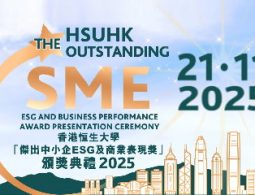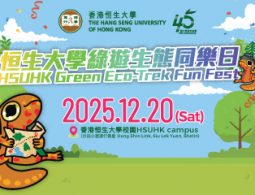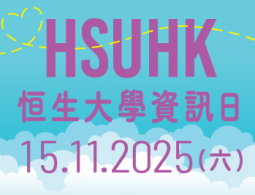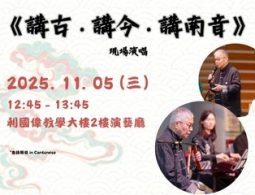26 August 2024
A study regarding the application of Virtual Reality (VR) in journalism education conducted by the School of Communication (SCOM) at The Hang Seng University of Hong Kong (HSUHK) revealed that over 80% of students are satisfied with their learning experiences involving the use of VR.
The research project was conducted by Dr Clio Wu, Assistant Professor, and Dr Howard Song, Associate Professor at SCOM, in collaboration with two researchers from other institutions. The study investigated the application and impact of VR in journalism education. The research paper titled “Exploring Students’ Adoption of Virtual Reality in Journalism Practice Education: An UTAUT Perspective” has been published in the book Critical Reflections on ICT and Education by international publisher Springer.
During the research, students took part in VR simulations of the earthquake that occurred in Wenchuan, Sichuan in 2008 to practice on-site news reporting skills. Researchers adopted the Unified Theory of Acceptance and Use of Technology (UTAUT) as the theoretical framework, and conducted surveys and interviews over six months with 97 students to collect and analyse their experience and attitude towards VR applications in journalism education.
The survey results indicated that all students found the simulation helpful in grasping and retaining information and skills related to news reporting, making it a powerful tool to enhance learning. The survey also showed that over 80% of the students felt satisfied with the learning process, and over 70% of the students were willing to use the technology again for learning, and would recommend it to their friends as a learning tool. The survey also found that the more advanced the VR technology, the higher its practicality and student acceptance.
Some students opined that using VR simulations for learning increases interest in learning and allows junior journalists to learn and practice their interview techniques in disaster scenarios, significantly reducing the likelihood of journalists getting in real accidents. One student mentioned that “lecturers reminded us to enhance our observation skills and include more details in our feature articles, but only after a damaged classroom simulation was I able to understand how to observe and what to describe in a news report.”
The research team believes that VR technology should be designed to align with the objective and proposed learning outcome of the module to ensure students use these technologies as planned. VR technology should be designed with intended learning outcomes at the heart of the system, and that the technologies should match the curriculum learning outcomes.
The team also suggests that VR designs should respond to students’ requirements. One of the most important benefits of VR environments is their potential to re-create multisensory simulations that would otherwise be impractical or impossible to explore in the real world. The VR design should incorporate physical and auditory sensations, for example, the feeling of the ground shaking in an earthquake, which can improve students’ immersion in the simulated environments.
The team also believes that VR technology should balance interactivity and ethical content. Through simulated scenario training, the technology can enhance collaboration among students by setting realistic tasks. However, whereas some stories are suitable for an interactive simulation, other stories should be presented more sensitively rather than merely focusing on interactivity.
The team states that VR technology is an appropriate tool for reviewing and consolidating students’ existing knowledge and skills. Previous research outcomes show that VR technology is more effective for deepening knowledge of content that has already been learned than for learning completely new content. Therefore, the team recommends that lecturers should equip students with relevant knowledge before exposing them to VR learning.
Since 2020, SCOM has been using the facilities of the Virtual Reality Centre of HSUHK to teach journalism in simulated earthquake scenarios, so that students can practice journalism theories, enhance their learning experience and be equipped with professional training.
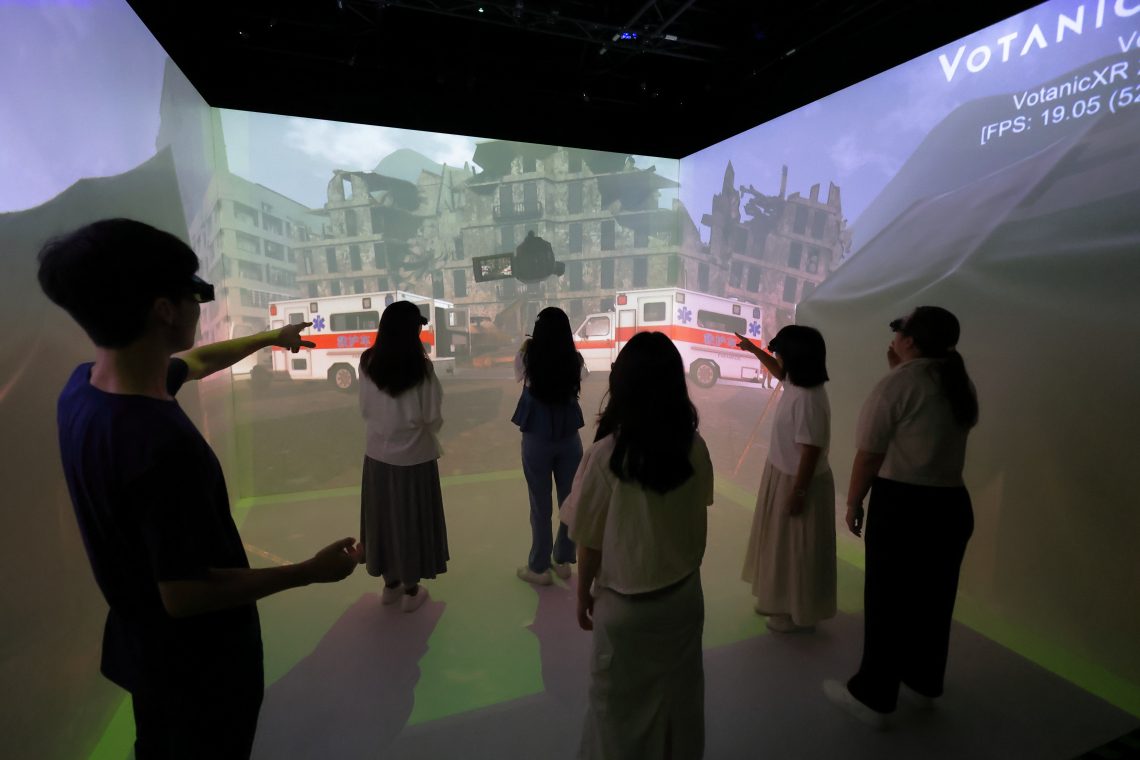
Related Posts
The HSUHK Outstanding SME ESG and Business Performance Award 2025 Award Presentation Ceremony
The HSUHK Outstanding SME ESG and Business Performance Award was first launched last year, and it has quickly become a remarkable platform to recognize outstanding…
HSUHK Green Eco-Trek Fun Fest
The HSUHK Green Eco-Trek Fun Fest 恒生大學綠遊生態同樂日 marks the finale of our 45th anniversary celebrations. The event comprises two components: a Green Eco-Trek that explores scenic…
HSUHK Information Day 2025
Date: 15 November 2025 (Saturday) Time: 9:30 am – 5:00 pmFeature Talk:• Interactive Seminar: nteractive Seminar: Future vs. Prestige: How to Choose?(Speaker: Professor Joshua Mok…
【1 iGPS – Free Performance】Arts@HSUHK – “The Past and Presence of Naamyum (Southern Tone)”
“Naamyum” is a form of Cantonese narrative singing that originated in Guangdong. It was inscribed onto the third batch of the “List of the Representative…

